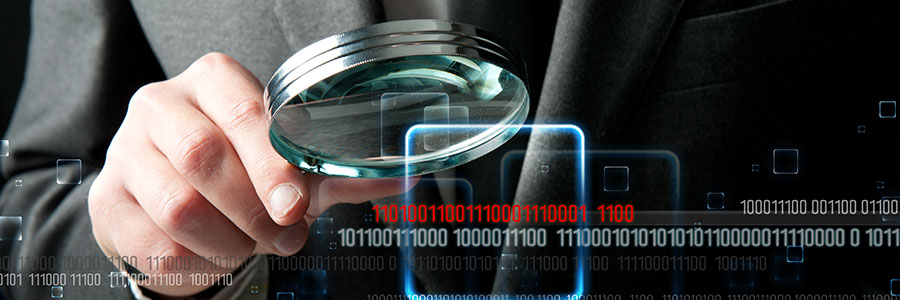Compliance audit: What it is and how to prepare for one

You might have come across the term “compliance audit,” an independent review assessing if an organization aligns with regulatory requirements. As a business owner, you likely recognize its significance. However, there’s more to learn about compliance audits, particularly how to ensure a successful one.
Don’t know how to prepare for a compliance audit for your business in Utah? Don’t worry — this article will serve as your guide.
What is a compliance audit?
A compliance audit involves a comprehensive review of an organization’s compliance with industry-specific regulations, standards, or policies. The audit’s primary purpose is to ensure that the organization is complying with all applicable laws, regulations, and internal guidelines to minimize the risk of legal issues, penalties, and operational inefficiencies.
During a compliance audit, it is crucial to identify areas of noncompliance and provide recommendations to rectify identified gaps. The audit can encompass various aspects, including financial practices, regulatory requirements, ethical conduct, and adherence to established processes.
It’s also worth noting that there’s a key difference between a compliance audit and an internal audit. The latter primarily entails examining internal processes, controls, and financial reporting to enhance operational efficiency, risk management, and internal policies.
What are the types of compliance audits?
Compliance audits can take various forms based on the focus and purpose:
- Financial compliance audit: This audit ensures that an organization’s financial transactions and reporting align with financial standards and regulations. Businesses in Utah, for example, must comply with the rules set forth by agencies, such as the Utah Department of Commerce and the Utah Division of Consumer Protection, as well as the Securities and Exchange Commission.
- Operational compliance audit: This audit assesses a company’s operations, including its information security practices, environmental compliance practices, and human resources practices.
- IT compliance audit: This audit assesses a company’s IT systems and infrastructure to ensure that they are secure and compliant. This may include an evaluation of a company’s data security, network security, and software licensing practices.
- Industry-specific compliance audit: This audit focuses on evaluating adherence to specific laws and regulations relevant to the industry in which the organization operates.
Tips and recommendations for a successful compliance audit
Here are key steps to ensure a successful compliance audit.
1. Understand the audit scope and objectives
Understanding the scope and objectives of the audit will help you identify the areas that need to be reviewed and the documentation that needs to be prepared. You can usually get this information from the auditor or the regulatory body that is conducting the audit.
2. Gather all relevant documentation
Once you understand the scope and objectives of the audit, you need to gather all relevant documentation. This may include financial records, policies and procedures, training records, and other evidence of compliance. It is important to have all of this documentation organized and easily accessible.
3. Assign roles and responsibilities
If you have a small team, it’s important to assign roles and responsibilities for the audit. This will help ensure that all tasks are completed efficiently and effectively. It’s also vital to assign a contact person who will be responsible for communicating with the auditor.
4. Conduct a self-assessment
Before the audit begins, it’s a good idea to conduct a self-assessment to identify any areas of potential noncompliance. This way, you’ll be able to focus your efforts on correcting any problems before the auditor arrives.
5. Be prepared to answer questions
The auditor will likely ask you questions about your compliance program and your business practices, so answer these questions honestly and accurately. If you are unsure of the answer to a question, do not be afraid to say so.
6. Be cooperative and responsive
The auditor is there to help you ensure that you are in compliance with all relevant regulations, so it pays to be cooperative and responsive to their requests. This will help to make the audit process as smooth and efficient as possible.
If you are unsure of how to prepare for a compliance audit, consult NetWize’s compliance experts. We can help you develop a compliance program, identify and address any areas of noncompliance, and prepare for the audit. Leave us a message.








